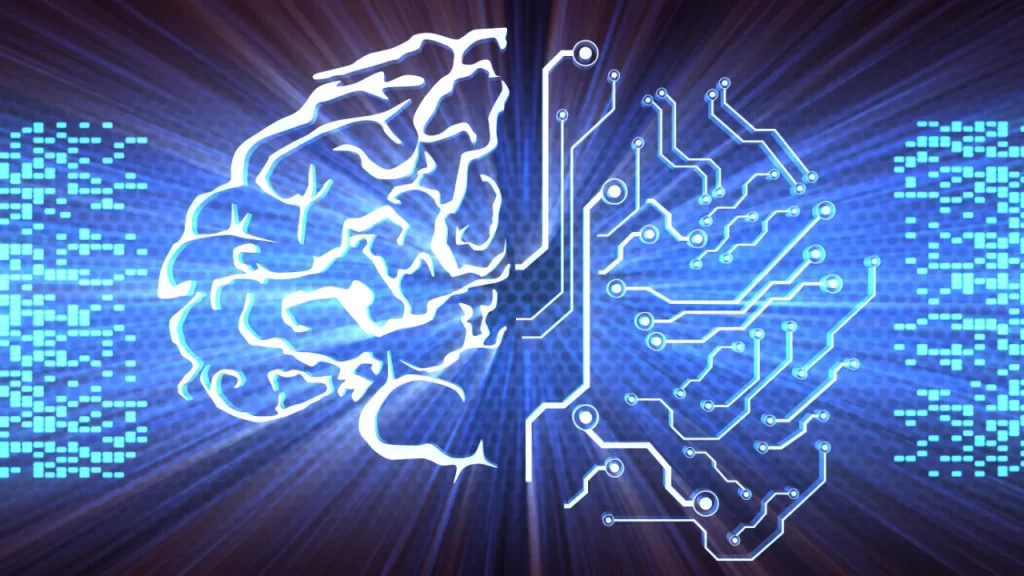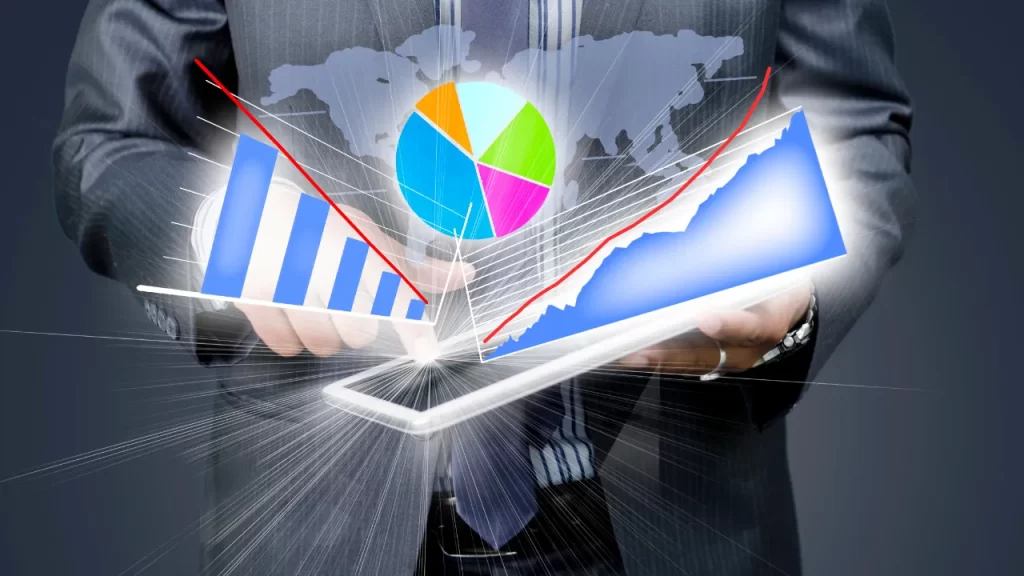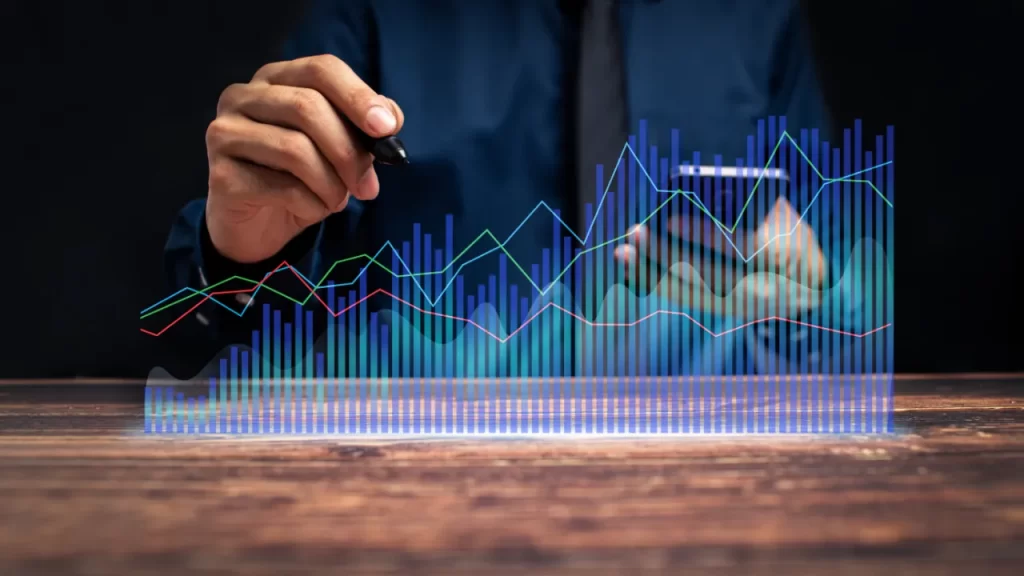The integration of trading bots and artificial intelligence (AI) in CFD trading has revolutionized how traders execute and manage trades.
These automated tools help traders make data-driven decisions, reduce emotional trading, and optimize their strategies.
This guide explores how trading bots and AI can be effectively used in CFD trading, their advantages, risks, and best practices.

What Are Trading Bots and AI in CFD Trading?
Trading bots and AI-driven systems are automated software programs that analyze market data and execute trades based on predefined algorithms. These tools can:
- Monitor multiple markets simultaneously.
- Execute trades instantly based on programmed rules.
- Use machine learning to adapt to changing market conditions.

Benefits of Using Trading Bots and AI in CFD Trading
1. Speed and Efficiency
- Trading bots can execute trades within milliseconds, reducing lag time and improving trade accuracy.
- AI algorithms analyze massive amounts of data in real-time to identify trading opportunities.
2. Eliminating Emotional Trading
- Automated systems remove human emotions such as fear and greed, leading to more disciplined trading.
- Traders can avoid impulsive decisions and stick to their predefined strategies.
3. 24/7 Market Monitoring
- Unlike human traders, bots can operate continuously, ensuring opportunities are not missed.
- Useful for global markets, where price movements can happen outside traditional trading hours.
4. Backtesting and Strategy Optimization
- AI-powered bots can analyze historical market data to test trading strategies before implementation.
- Helps traders refine their strategies and improve profitability over time.

How to Use Trading Bots in CFD Trading
1. Choosing the Right Trading Bot
- Look for bots that support CFD trading and integrate with your preferred trading platform.
- Consider features such as technical analysis tools, risk management settings, and AI-driven decision-making.
2. Setting Up Automated Trading Rules
- Define entry and exit strategies based on indicators like moving averages, RSI, and Bollinger Bands.
- Set stop-loss and take-profit levels to minimize risk and lock in gains.
3. Testing the Bot with a Demo Account
- Before using real capital, test the bot in a demo account to evaluate its performance.
- Make adjustments based on simulated results to optimize its effectiveness.
4. Monitoring Performance and Adjusting Strategies
- Even though bots are automated, they require periodic monitoring to ensure they align with market conditions.
- Adjust parameters and strategies as needed to improve profitability.

Risks of Using AI and Trading Bots
1. Market Volatility
- Bots may struggle in highly volatile markets, leading to unexpected losses.
2. Technical Failures
- Connectivity issues, software glitches, or incorrect configurations can impact performance.
3. Over-Optimization
- Overfitting a bot to past market conditions may lead to poor performance in real-time trading.

Best Practices for Using AI and Trading Bots in CFD Trading
- Choose a reputable trading bot from a trusted provider.
- Use risk management settings to prevent significant losses.
- Regularly review and optimize your bot’s performance to adapt to market changes.
- Avoid full automation – maintain manual oversight to ensure the bot operates as intended.
Conclusion
Trading bots and AI have transformed CFD trading by offering speed, efficiency, and data-driven decision-making.
While these tools provide numerous benefits, they also come with risks that require careful management.
By selecting the right bot, testing strategies, and monitoring performance, traders can harness automation to enhance their CFD trading success.






